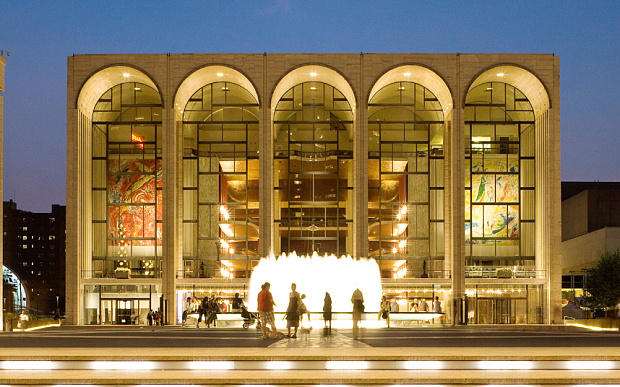
In recent years, the Met has presented a modest number of minimalist and post-minimalist operas by Philip Glass, John Adams, and Nico Muhly. Listening to the second performance, on December 6th, I thought, What is different? And I realized that the Met had never presented a contemporary score so steeped in European modernism. Something else struck me about the apparition of “L’Amour de Loin” at the Met. Read more stories about the year in culture and politics.

Missy Mazzoli’s “Breaking the Waves,” which had its première at Opera Philadelphia in September, was among the year’s strongest operatic premières Ashley Fure’s new orchestral piece “Bound to the Bow” rumbled memorably at the NY Phil Biennial. Fortunately, women are gaining ground in contemporary-music series and at larger organizations. Alice Gregory, in the Times, gave an excellent overview of women’s struggles to gain a foothold in the classical repertory more light is shed in Anna Beer’s book “Sounds and Sweet Airs: The Forgotten Women of Classical Music,” which celebrates the likes of Francesca Caccini, Barbara Strozzi, Fanny Hensel, and Lili Boulanger. Much attention properly fell on the fact that Saariaho was the first female composer since Ethel Smyth, in 1903, to have an opera performed at the Met. In the attritional fight to push classical music into the present, the Saariaho autumn felt like a breakthrough.


Nothing like this has happened in living memory-the city’s two biggest musical institutions united on behalf of a living composer.
This fall, both the Metropolitan Opera and the New York Philharmonic lavished resources on the Finnish composer’s luminous, molten music: the Met by producing her opera “L’Amour de Loin” (it plays through December 29th) the Philharmonic by unveiling a kind of Saariaho installation at the Park Avenue Armory. In New York, it was the year of Kaija Saariaho.


 0 kommentar(er)
0 kommentar(er)
